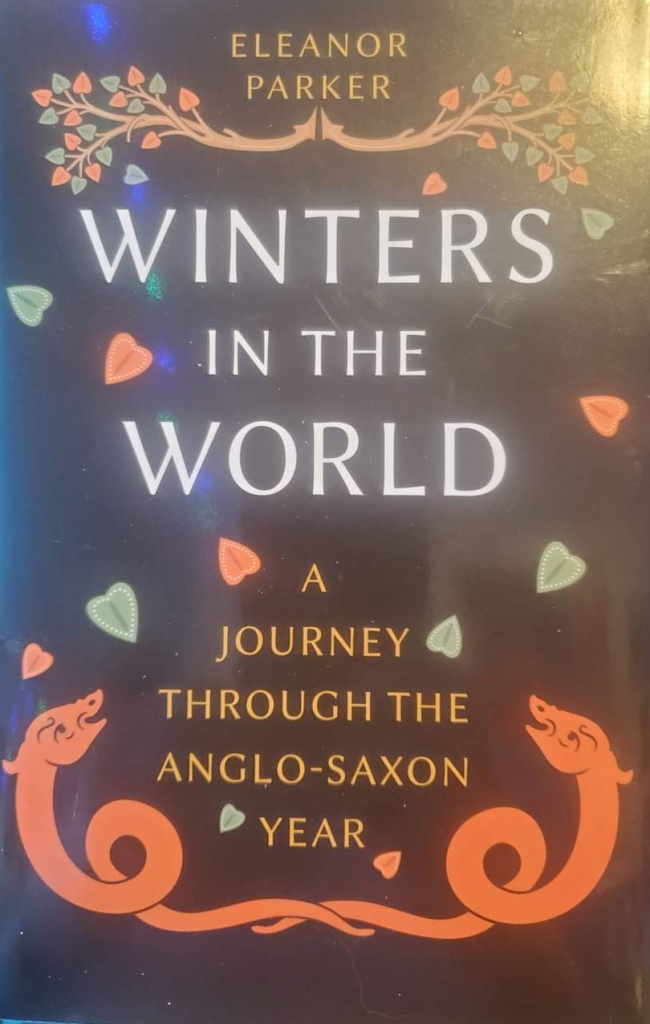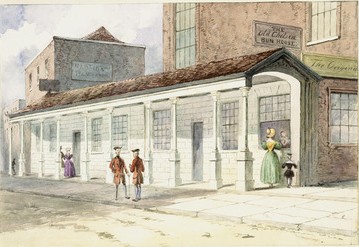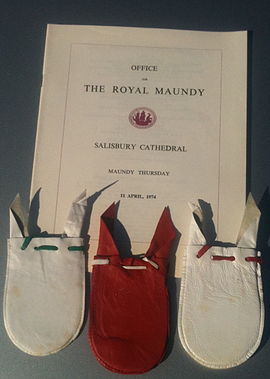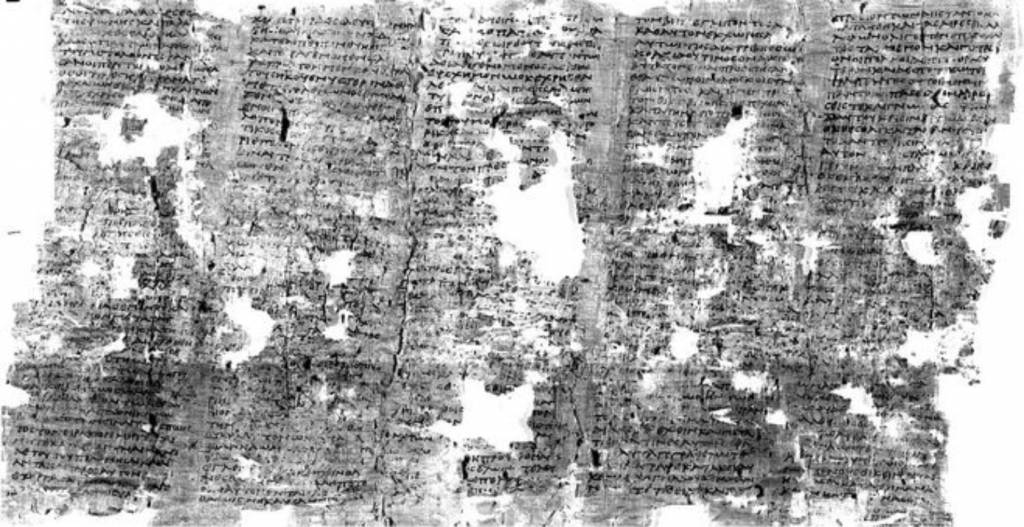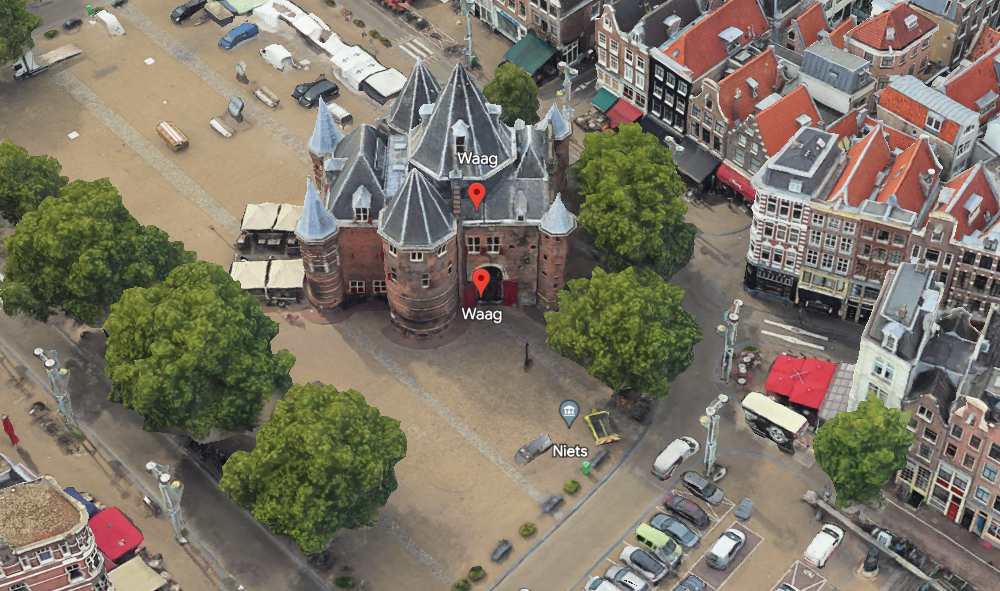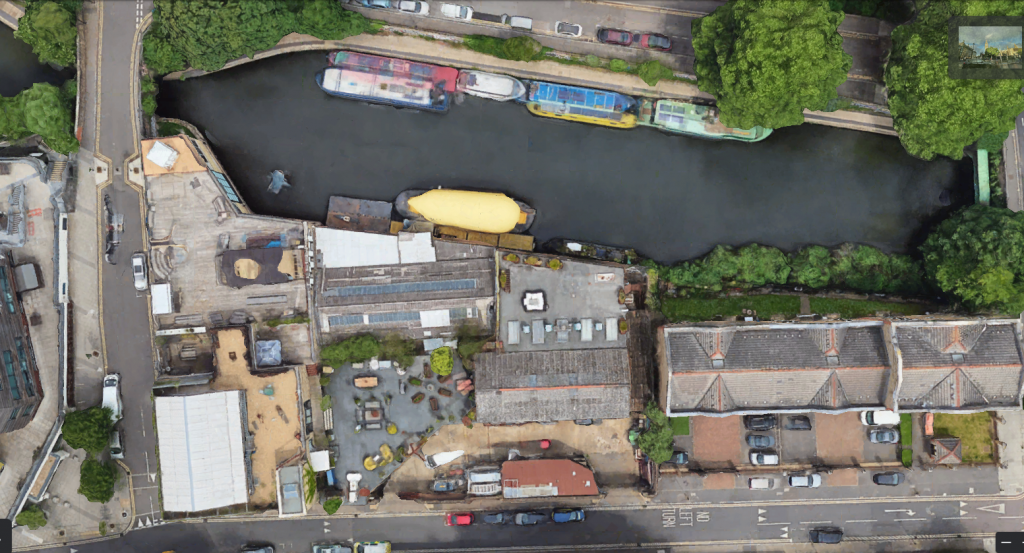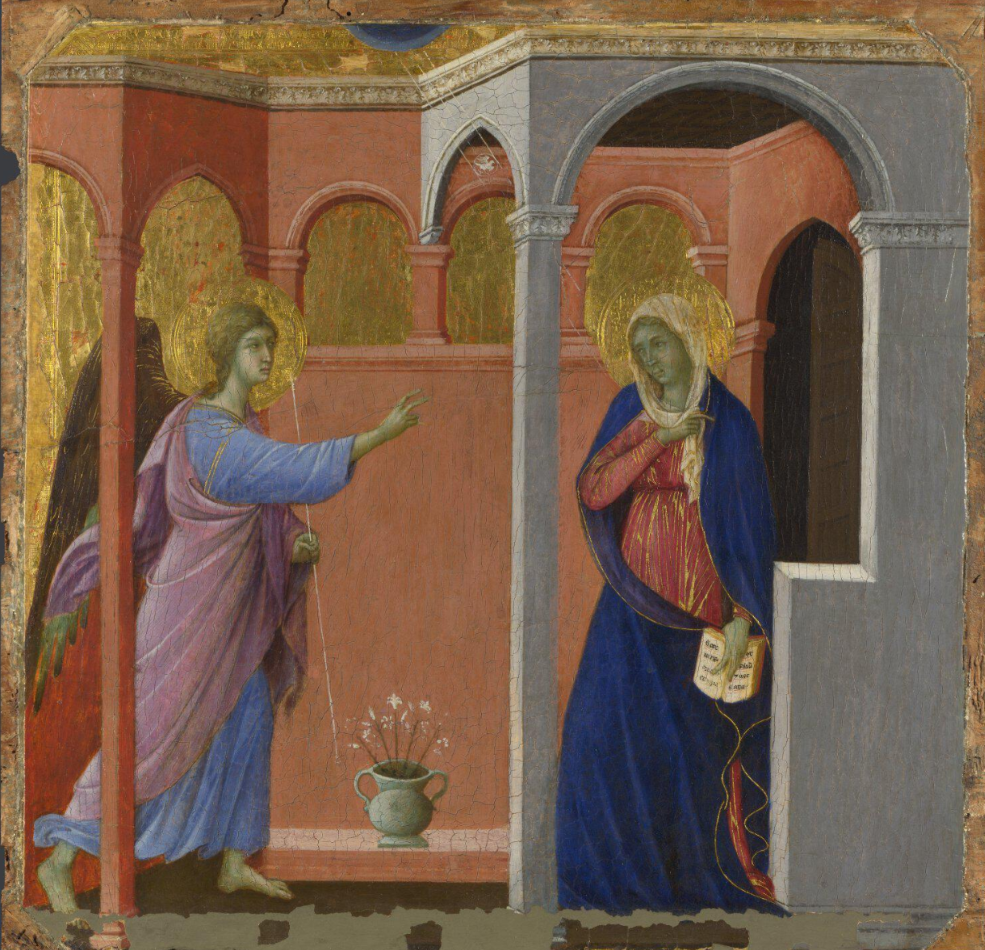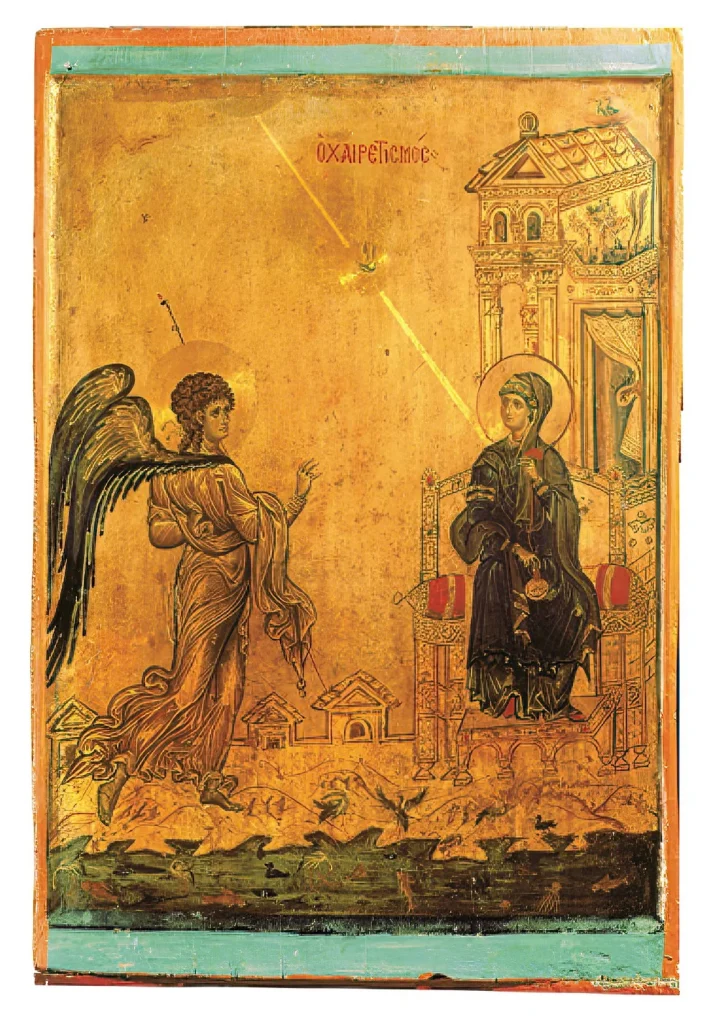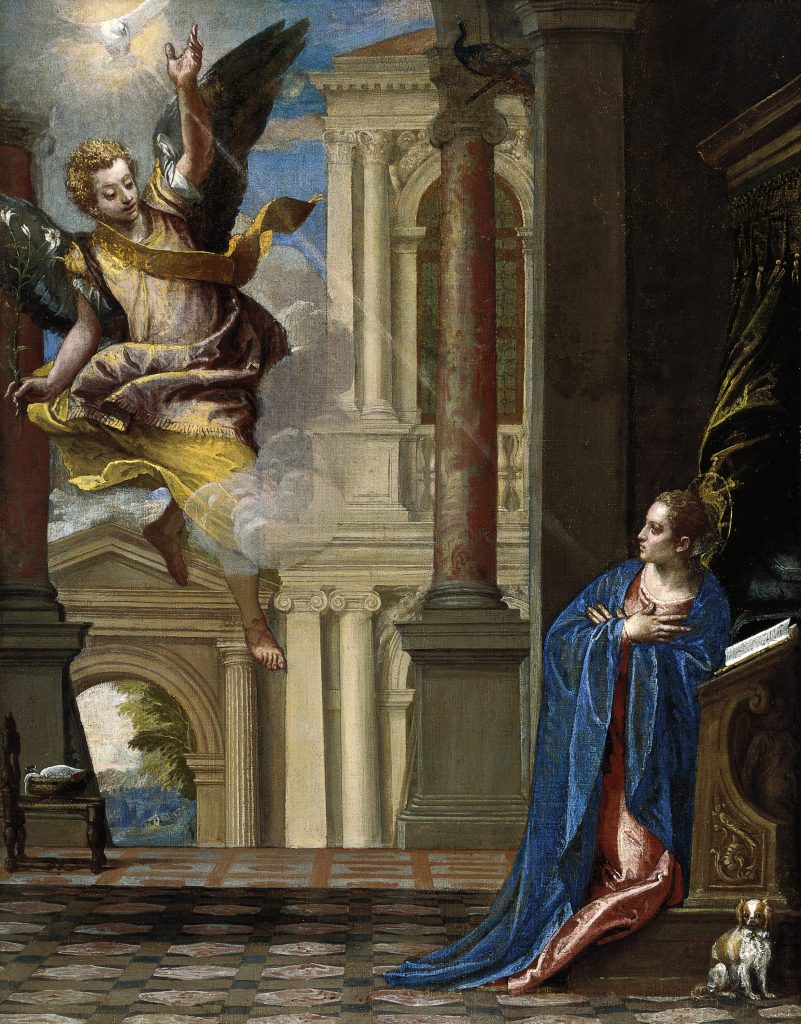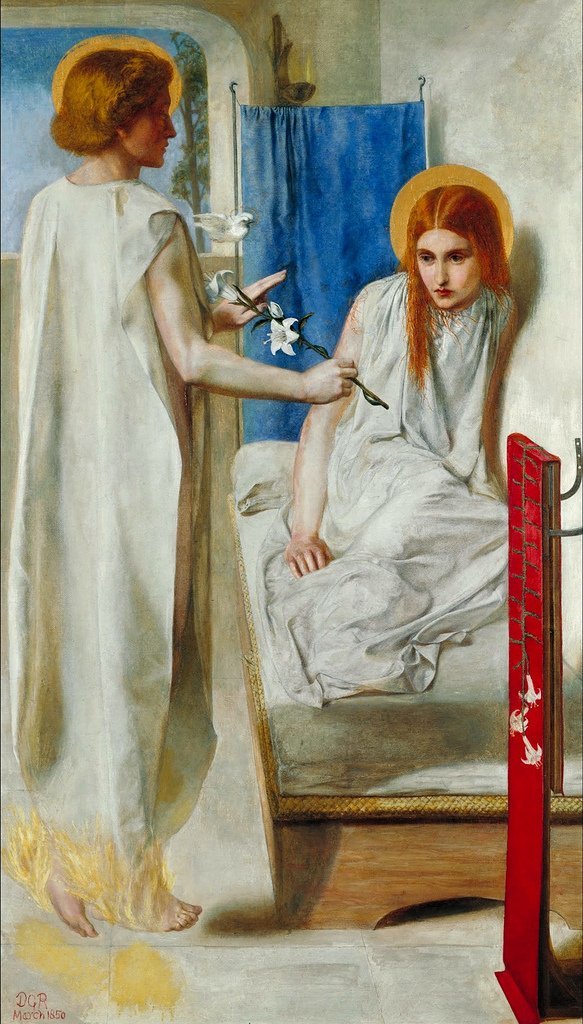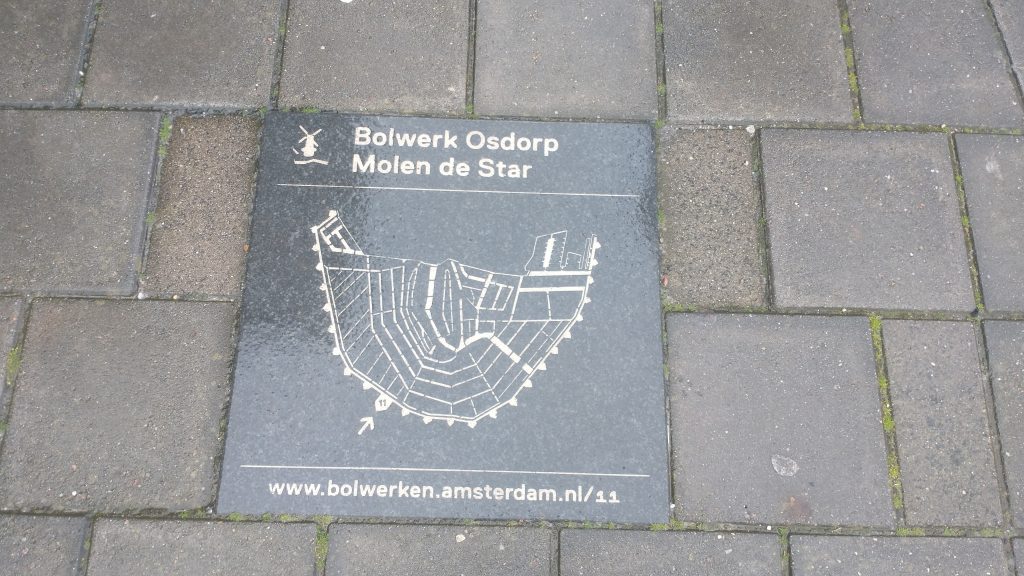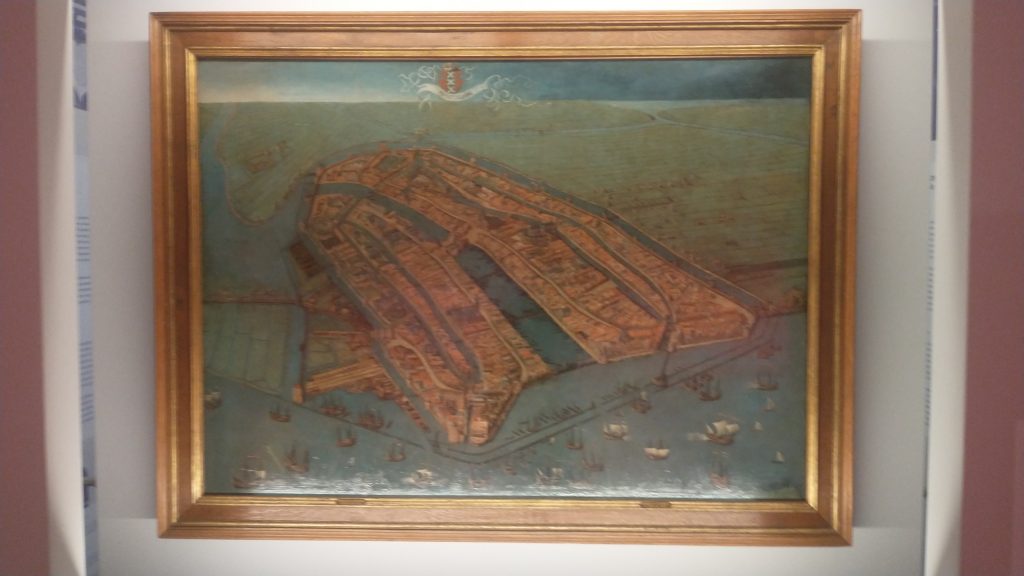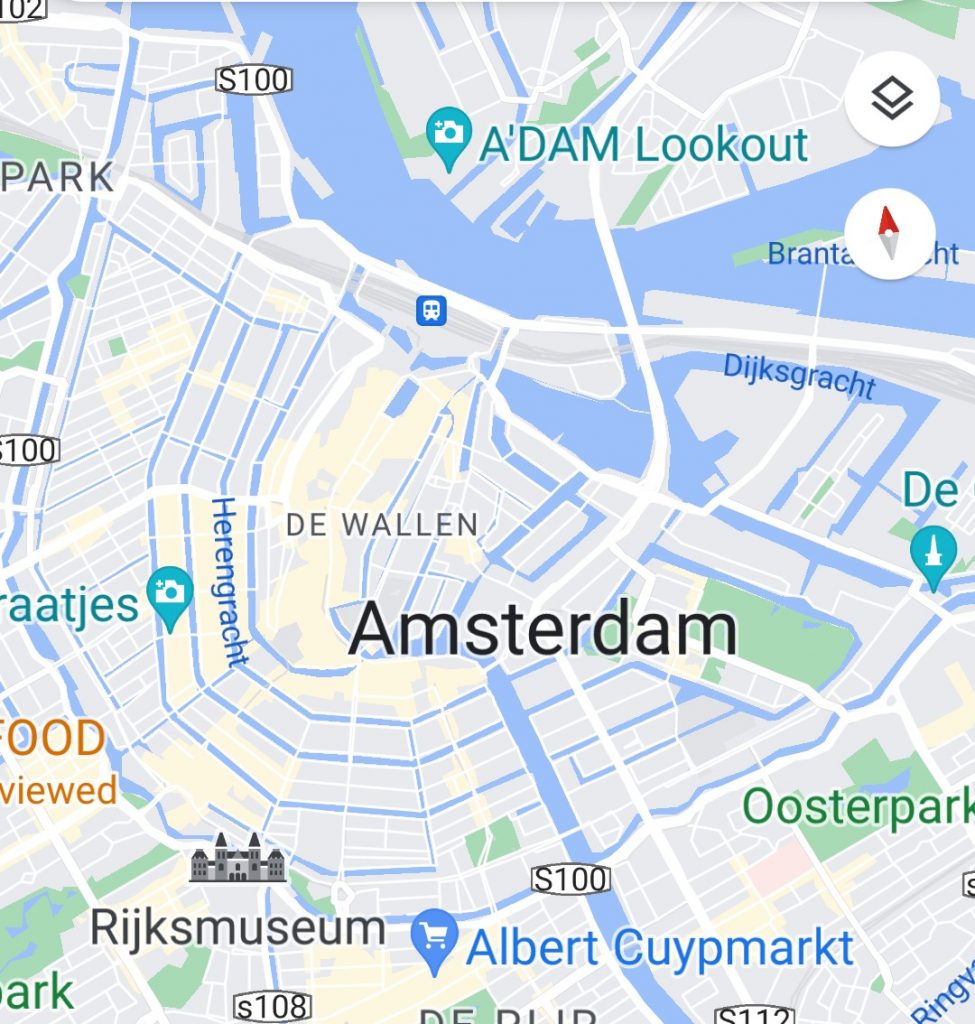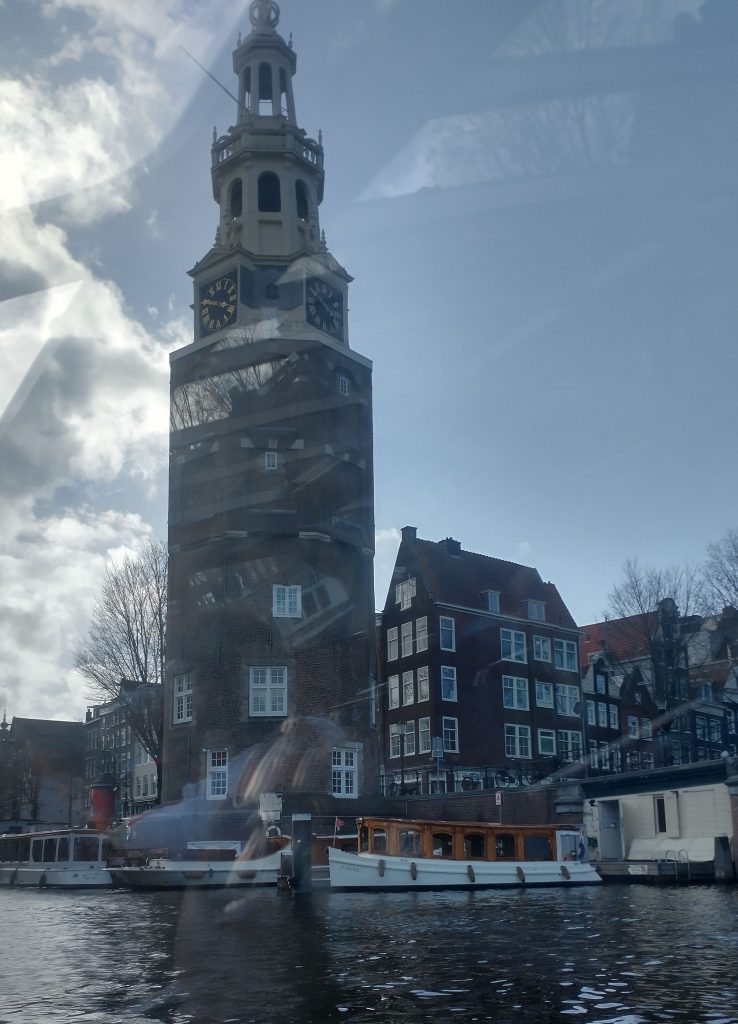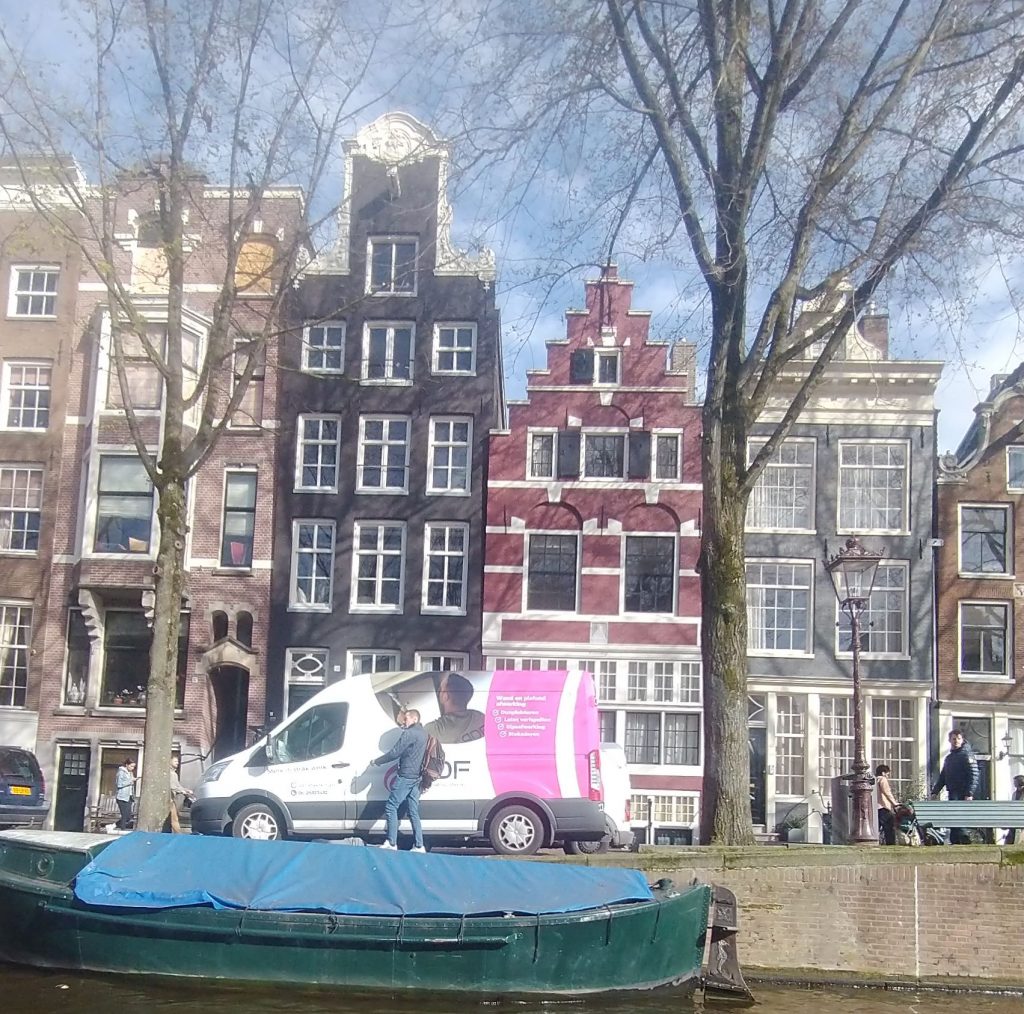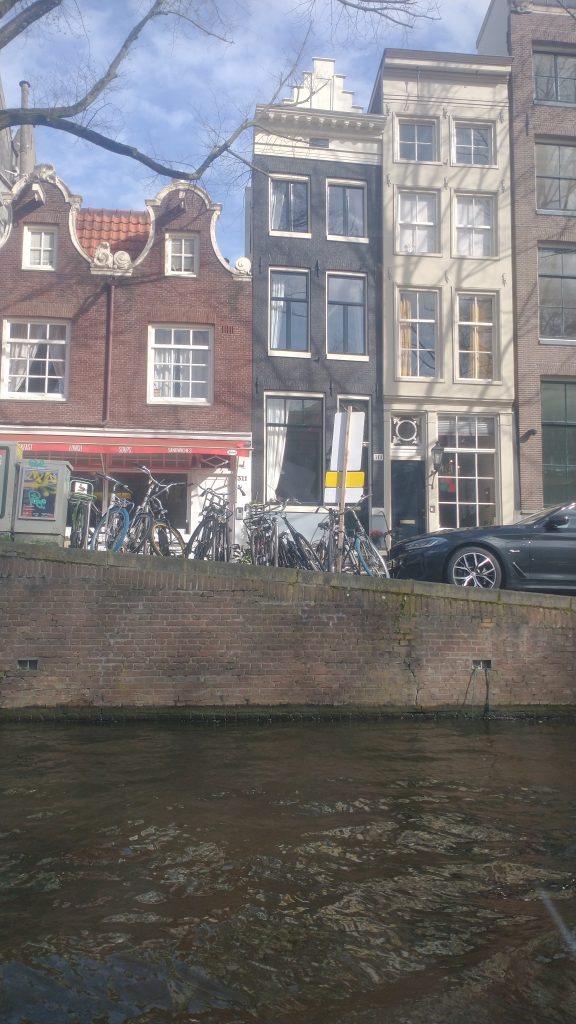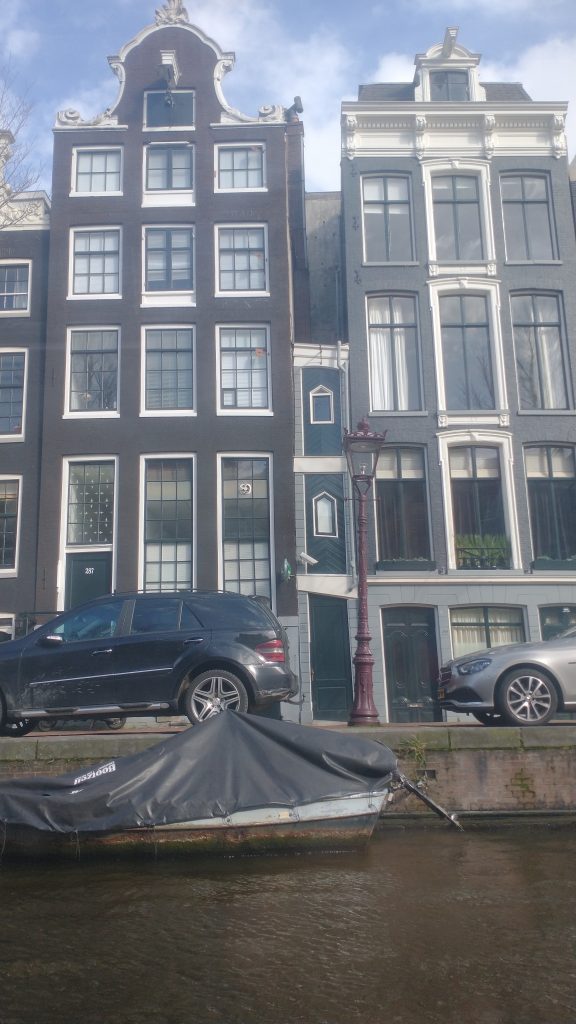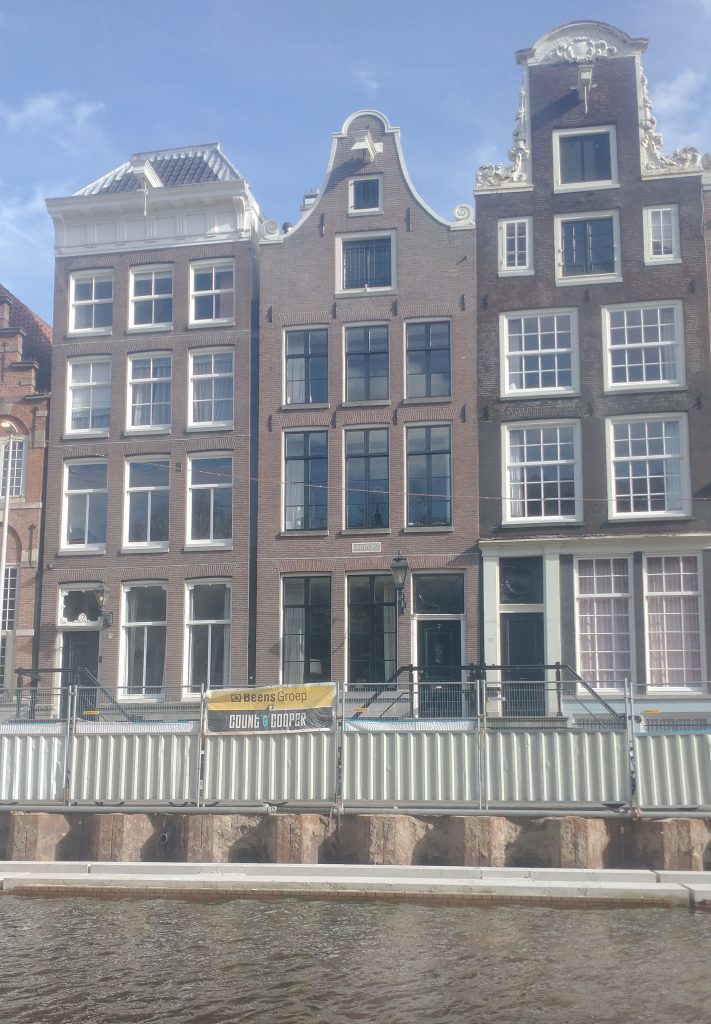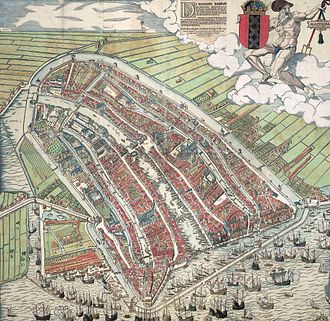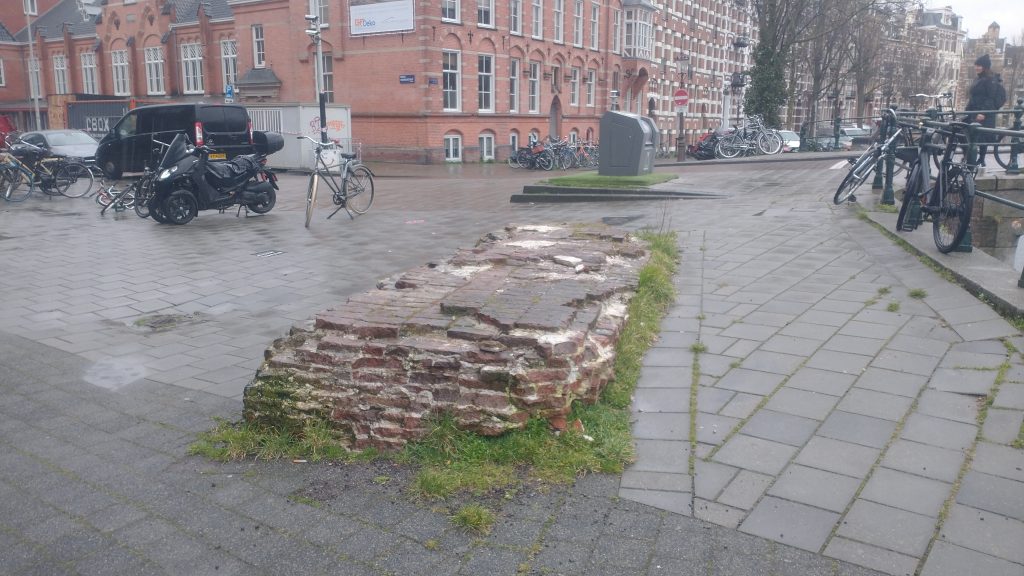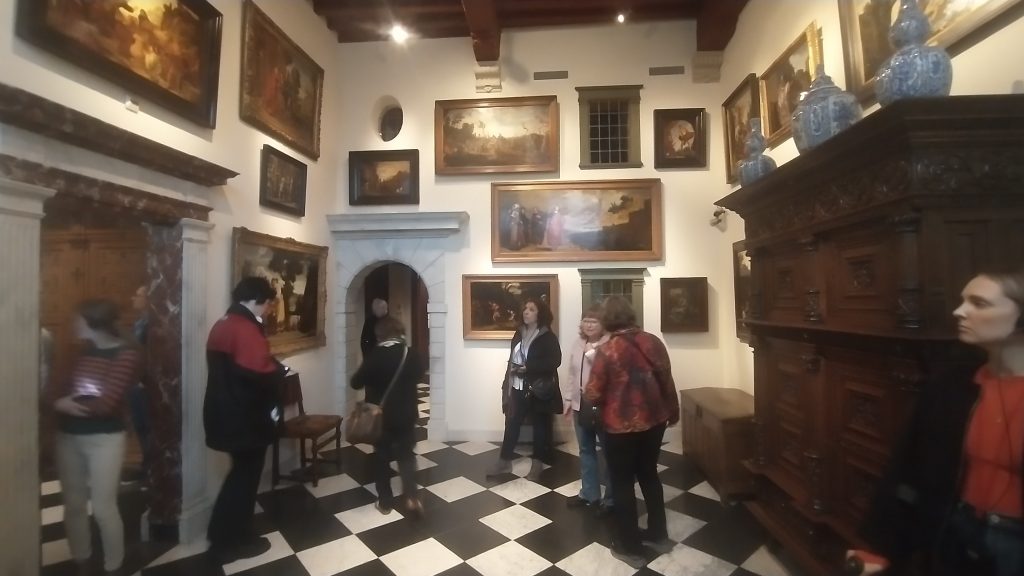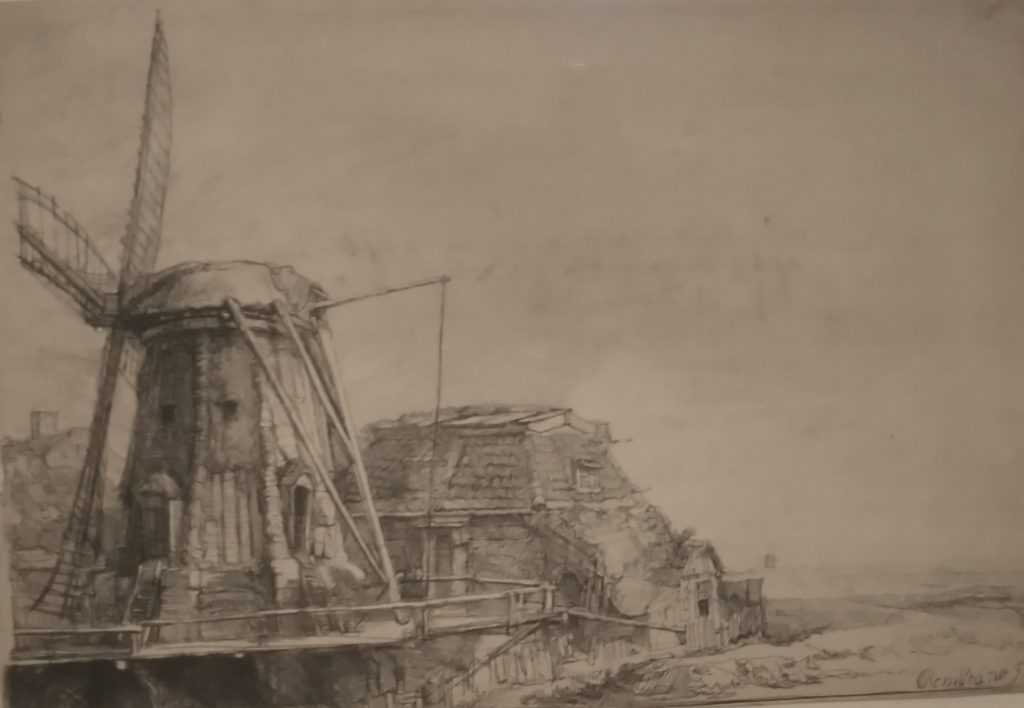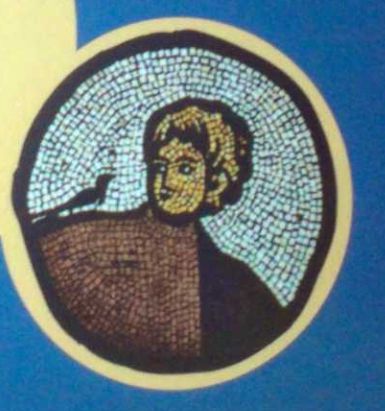
Easter is a Germanic name, and, the only evidence for its derivation comes from the Venerable Bede, who was the first English Historian and a notable scholar. He says the pagan name for April was derived from the Goddess Eostra. The German name for Easter is Ostern probably with a similar derivation. But this is all the evidence there is for the Goddess, despite many claims for the deep history of Easter traditions.
Philip A. Shaw has proposed that the name of Eastry in Kent might derive from a local goddess, called Eostra and that the influence of Canterbury in the early Church in England and Germany led to the adoption of this local cult name for the Holy Week in these two countries. Otherwise, the name for Easter in Europe derives from Pascha which comes from the Hebrew Passover and Latin. In French it’s Pâques’ in Italian Pasqua, Spanish Pascua; Dutch Pasen, Swedish Påsk; Norwegian Påske and so on.
The timing of Easter is the first full moon after the Spring Equinox. I have already explained that Spring was the time the Church set for the Creation, the Crucifixion and Resurrection and other key points in the Christian Calendar. See march-25th-the-beginning-of-the-universe-as-we-know-it-birthday-of-adam-lilith-eve-conception-of-jesus-start-of-the-year.
Eleanor Parker in her lovely book ‘Winter in the World’ gives a lyrical insight into how the dates were chosen because of the belief that God would only choose the perfect time for the Creation and the events of Easter. The Creation began with the birth of the Sun and the Moon, so it was fixed to the Equinox, when the days were of equal length, and the fruits of the earth were stirring into life. But Holy Week also needed to be in harmony with the Moon and so was tied, like Passover, to the first full moon after the Equinox, which is also when the events take place in the Gospels.
The quotations Parker uses from early English religious writing and poetry shows a deep interest in nature and the universe which is very appealing. It seems to me that this is something the Church, to an extent, lost in later times, and replaced with fixation with dogma and ‘worship’ of the Holy Trinity.
At the time fixing the date of Easter was very controversial as the kingdoms in Britain had a different calendar to the Roman Catholic Church and therefore Easter fell on a different day. The King of Northumberland, for example, celebrated Easter on a different day to that of his wife. Oswiu was exiled to Ireland where he was influenced by Celtic Christianity while his wife, Eanflæd, while also being from Northumberland, had been baptised by the Roman Catholic missionary, Paulinus.
Oswiu, became the ‘Bretwalda’ of all Britain, and encouraged a reconciliation, culminating at the Synod of Whitby (664AD), between the two churches where the Celtic Church agreed to follow the Catholic calendar and other controversial customs. After her husband’s death Eanflaed became Abbess of Whitby.
King Alfred’s law code gave labourers the week before and after Easter off work, making it the main holiday of the year. Ælfric of Eynsham gives a powerful commentary on the rituals of the Church over Easter, which was full of drama and participation including Palm leaf processions on Palm Sunday, feet washing and giving offerings to the poor on Maundy Thursday. Then followed three ‘silent days’ with no preaching but rituals and services aiming to encourage empathy for the ordeal of Jesus. Thus the night time service of Tenebrae, when all lights were extinguished in the Church while the choir sang ‘Lord Have Mercy’. The darkness represented the darkness and despair that was said to cover the world after Jesus’ death. Good Friday was the day for the adoration of the Cross in which a Cross would be decorated with treasures and symbolised turning a disaster into a triumph.
It seemed to me that I saw a wondrous tree
Lifted up into the air, wrapped in light,
brightest of beams. All that beacon was
covered with gold; gems stood
beautiful at the surface of the earth,….
The Dream of the Rood quoted in Eleanor Parker’s ‘Winter in the World’
The days before Easter Sunday are known as the ‘Harrowing of Hell’ which was a very popular theme in the medieval period (featuring in Piers Plowman for example). Jesus went down to hell to free those, like John the Baptist, who had been trapped because the world had no saviour until the first Easter. The Clerk of Oxford Blog provides more information on the Harrowing of Hell on this page, including that the name ‘Harrowing’ comes from ‘Old English word hergian ‘to harry, pillage, plunder’ which underpins the way the event is depicted as a military raid on Hell.
I have just realised that the Clerk of Oxford Blog is by written by Eleanor Parker, and started ‘in 2008, whilst an undergraduate student at Oxford. The blog won the 2015 Longman-History Today award for Digital History‘.
The above is but a very poor précis of Eleanor Parker’s use of Anglo-saxon poetry and literature to bring Easter to life. So if you are interested to know more or would like to have a different viewpoint on the Anglo-Saxons please get a copy of her book.
